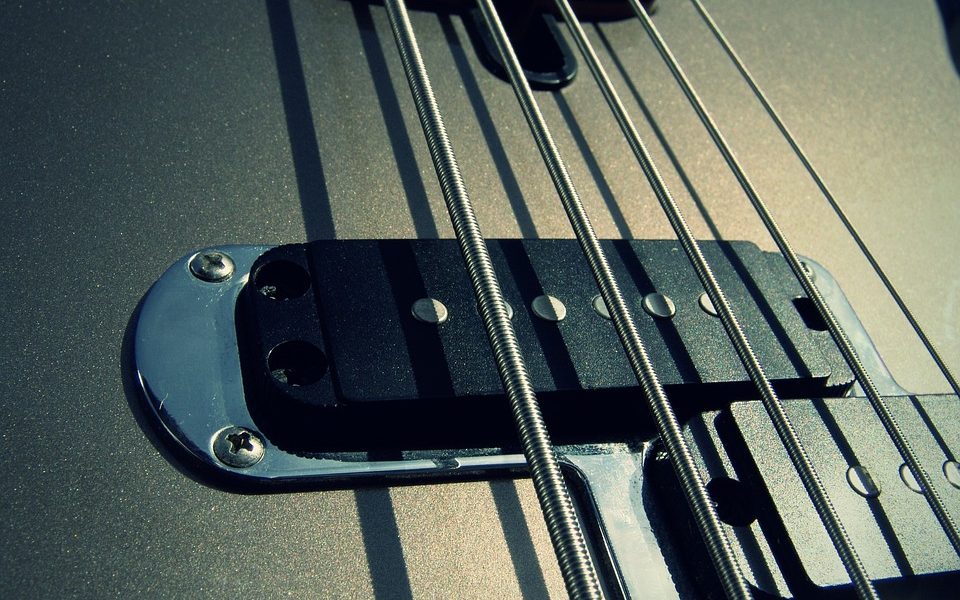Mastering Guitar Chords: A Comprehensive Guide for Solo Performances
Mastering Guitar Chords: A Comprehensive Guide for Solo Performances
As a guitarist, mastering chords is essential for creating beautiful music and captivating your audience, especially during solo performances. Whether you’re a beginner or an experienced player, understanding and practicing chords is key to becoming a successful guitarist. In this comprehensive guide, we will explore the fundamentals of guitar chords, tips for mastering them, and techniques for incorporating them into your solo performances.
Understanding Guitar Chords
Before diving into mastering guitar chords, it’s important to understand what they are and how they are formed. A chord is a group of three or more notes played together to create harmony. In guitar playing, chords are formed by pressing down multiple strings at specific frets on the fretboard. Each chord has a specific name based on the notes it includes, such as G major, C minor, or A major.
Types of Guitar Chords
There are several types of guitar chords, including major chords, minor chords, diminished chords, and augmented chords. Major chords are bright and happy sounding, while minor chords have a darker and more melancholic feel. Diminished chords sound tense and dissonant, while augmented chords have a dreamy and ethereal quality.
Tips for Mastering Guitar Chords
1. Practice regularly: Consistent practice is key to mastering guitar chords. Set aside dedicated time each day to practice chord shapes and transitions.
2. Start with basic chords: Begin by learning and mastering basic open chords such as C, G, D, and A. These chords are commonly used in many songs and will serve as a solid foundation for more advanced chords.
3. Focus on proper technique: Pay attention to your finger placement and hand position when forming chords. Make sure to press down on the strings firmly and use the tips of your fingers to avoid muting adjacent strings.
4. Practice chord transitions: Work on transitioning smoothly between different chords. Start by practicing two-chord transitions before moving on to more complex progressions.
5. Use a metronome: Practicing with a metronome will help you stay in time and improve your rhythm and timing. Start at a slow tempo and gradually increase the speed as you become more comfortable.
6. Learn barre chords: Barre chords involve using one finger to press down multiple strings at once and can be challenging for many guitarists. Practice forming barre chords accurately and gradually build up strength in your fingers.
Incorporating Guitar Chords into Solo Performances
When performing solo, guitar chords are essential for accompanying your vocals or instrumental melodies. Here are some tips for incorporating chords into your solo performances:
1. Create chord progressions: Experiment with different chord progressions to create harmony and add depth to your music. Try mixing major and minor chords to evoke different emotions and moods.
2. Use inversions and voicings: Instead of playing chords in their standard positions, try using inversions and voicings to add variety and color to your sound. Experiment with different fingerings and positions to find unique ways to play familiar chords.
3. Add embellishments and variations: Spice up your chord playing by adding embellishments such as hammer-ons, pull-offs, and slides. These techniques can add flair and personality to your performance.
4. Experiment with alternate tunings: Explore alternate tunings such as drop D or open G to create unique sounds and textures. Alternate tunings can inspire new ideas and expand your musical palette.
5. Incorporate fingerstyle techniques: Fingerstyle playing involves plucking the strings with your fingertips instead of using a pick. Experiment with fingerstyle techniques to create intricate and dynamic chord patterns.
In conclusion, mastering guitar chords is essential for any guitarist looking to excel in solo performances. By understanding the fundamentals of chords, practicing regularly, and incorporating them creatively into your music, you can elevate your playing and captivate your audience. So pick up your guitar, start practicing, and unlock the limitless possibilities of chord mastery in your solo performances.






